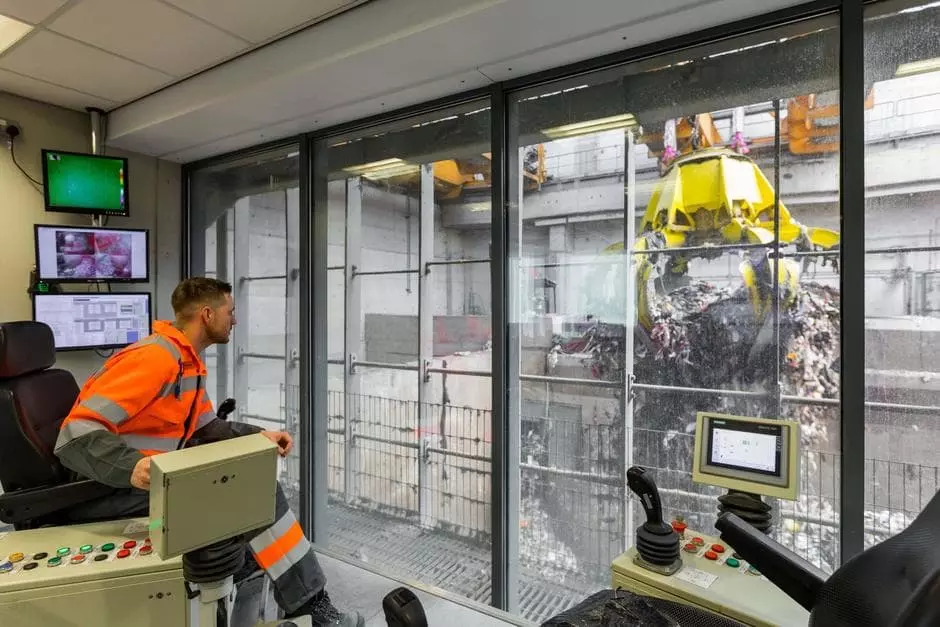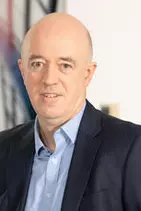Veolia Energy Recovery Facilities achieve new record energy output
Latest data demonstrates the importance of energy from waste and its contribution to UK energy resilience
The latest data from leading resource company, Veolia, has demonstrated the importance of Energy Recovery Facilities (ERF) to the UK's baseload infrastructure through record availability to supply the grid with electricity. By achieving an average of more than 96% across 2021 the ten operating plants have delivered around 1.52TWh of electricity, enough power to supply nearly 460,000 homes.
As the plants release the energy potential of unrecyclable waste by using it as a fuel to generate electricity, the facilities have also avoided around 2.5 million tonnes of waste going to landfill. Leading the success were the Chineham, SELCHP and Marchwood ERF which achieved around 99% availability, meaning they were delivering electricity 24 hours a day across the whole of 2021.

Three of the plants also contributed through the delivery of heat to communities and businesses via district heating networks in London, Sheffield and Leeds using combined heat and power technology. These supplied around 2 GWh of heat equivalent to the heating needed for 120,000 homes. As an estimated 20% of the nation’s carbon emissions are generated by domestic heating, due to a low standard of energy efficiency, using this type of non - fossil fuel heating lowers carbon emissions and can help reduce cost, and fuel poverty, in vulnerable groups.
The importance of Energy Recovery facilities to the UK energy infrastructure was further demonstrated during July last year when Veolia’s plants alone supplied more electricity for the UK power network compared to all the UK wind generation assets combined. Over a period of fourteen hours on 22nd July the company's facilities actually delivered nearly 25% more energy than wind power, and at one point Veolia delivered 111MWe, against the total wind generation of 58MWe.
With a combined generating capacity of 180MWe the ten ERFs contribute reliable and secure low carbon energy. and have shown their key role in safely tackling COVID related wastes by treating the 15% increase in orange bagged clinical and infectious materials. Veolia was the first operator of this type of plant in the UK to achieve the high efficiency, R1, standard for all of its Energy Recovery Facilities (ERF).

"Avoiding landfill, and its potentially damaging greenhouse gas emissions, is a key priority as we look to stop climate change. Every tonne of residual, commercial and municipal waste that we stop going to landfill reduces the impact, as the methane that arises from landfill has been scientifically assessed as being 28 times more climate damaging than carbon dioxide. By eliminating wastes and generating green electricity and heat, we can achieve greater future sustainability."


